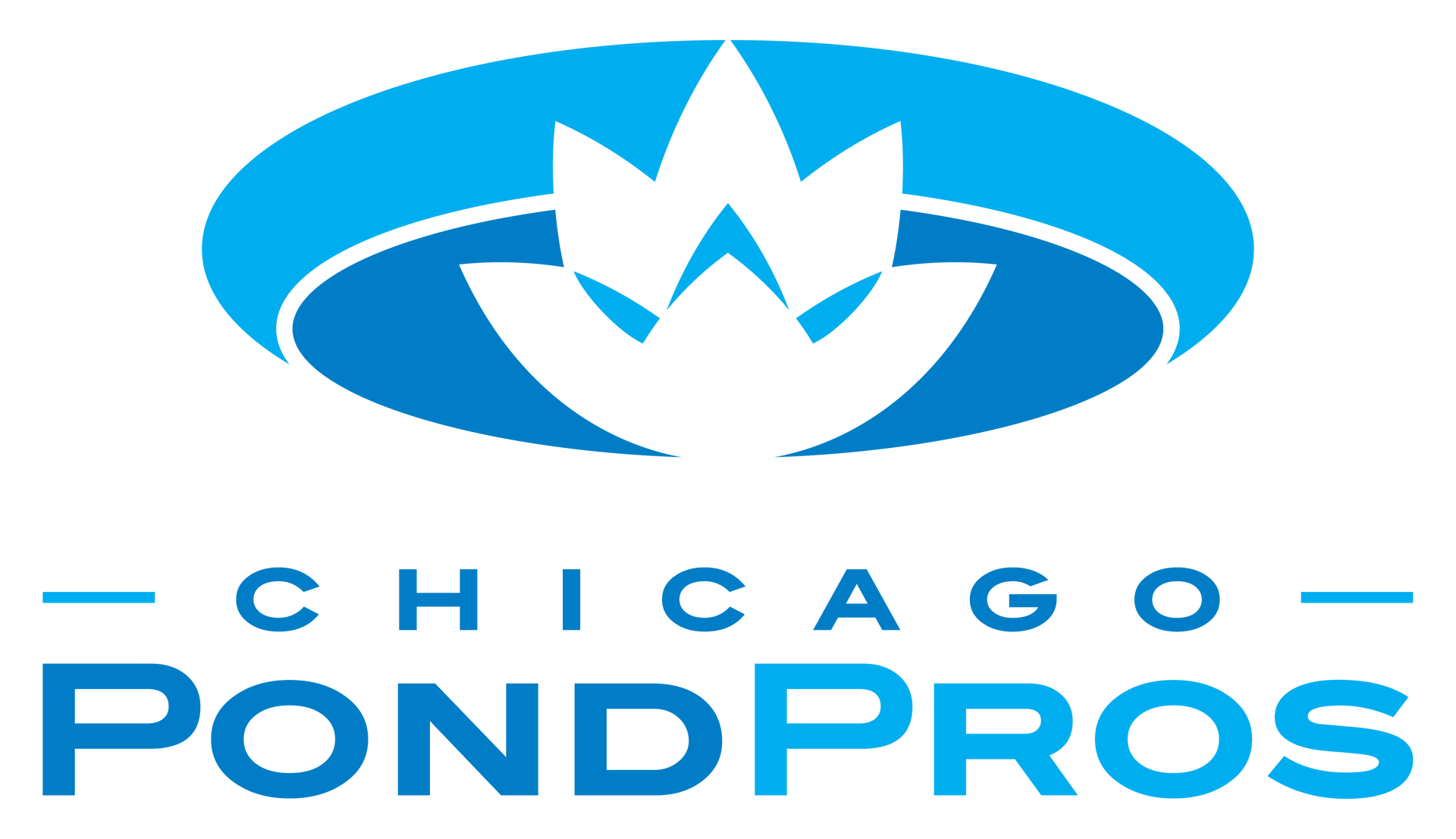POND PLANNING TIPS
Find out how and where to set up a pond step by step!
⠀
Water gives the garden a new quality. It moisturizes the air, keeping it fresh. It acts as a dust and pollen magnet – if you are an allergic, this is a real advantage. Even a small pond is an enclave of characteristic plants and animals. In addition, greenery, sky and light are reflected in the water surface, which can illuminate the house when the lake is situated close to the northern windows.
⠀
POND PLANNING TIPS
Okay, you already know why it is worth having a pond in the backyard garden. But do you also know what to consider when it comes to building your own small reservoir? To make it easier for you, we listed the most important aspects of planning a pond to think of down below.
SIZE
The bigger the tank, the less maintenance it requires, because it cleans itself to some extent. The recommended size is an area of at least 107 square feet and a depth of 10 feet (fish will not be able to winter in shallower ones). But not everyone has that much space in the garden. So, lakes occupying 65 square feet, several dozen inches deep are popular (theoretically even 15 inches is enough, if you do not intend to plant deep zone plants, e.g. water lilies).
LOCALIZATION
When it comes to choose a localization, most important things to consider, among others, are:
- pond should be located near the house which makes it more functional and allow to connect it to electric network;
- the right location is also a relatively sunny place – approx. 2/3 of the reservoir’s surface should be illuminated, because most aquatic plants prefer such a position;
- tree leaves rotting in water is a real problem – preferably if there are no deciduous trees and shrubs in the vicinity of the pond.
More aspects about planning your backyard reservoir you will find in our latest post on the blog -> discover 4 rules of choosing pond place.
